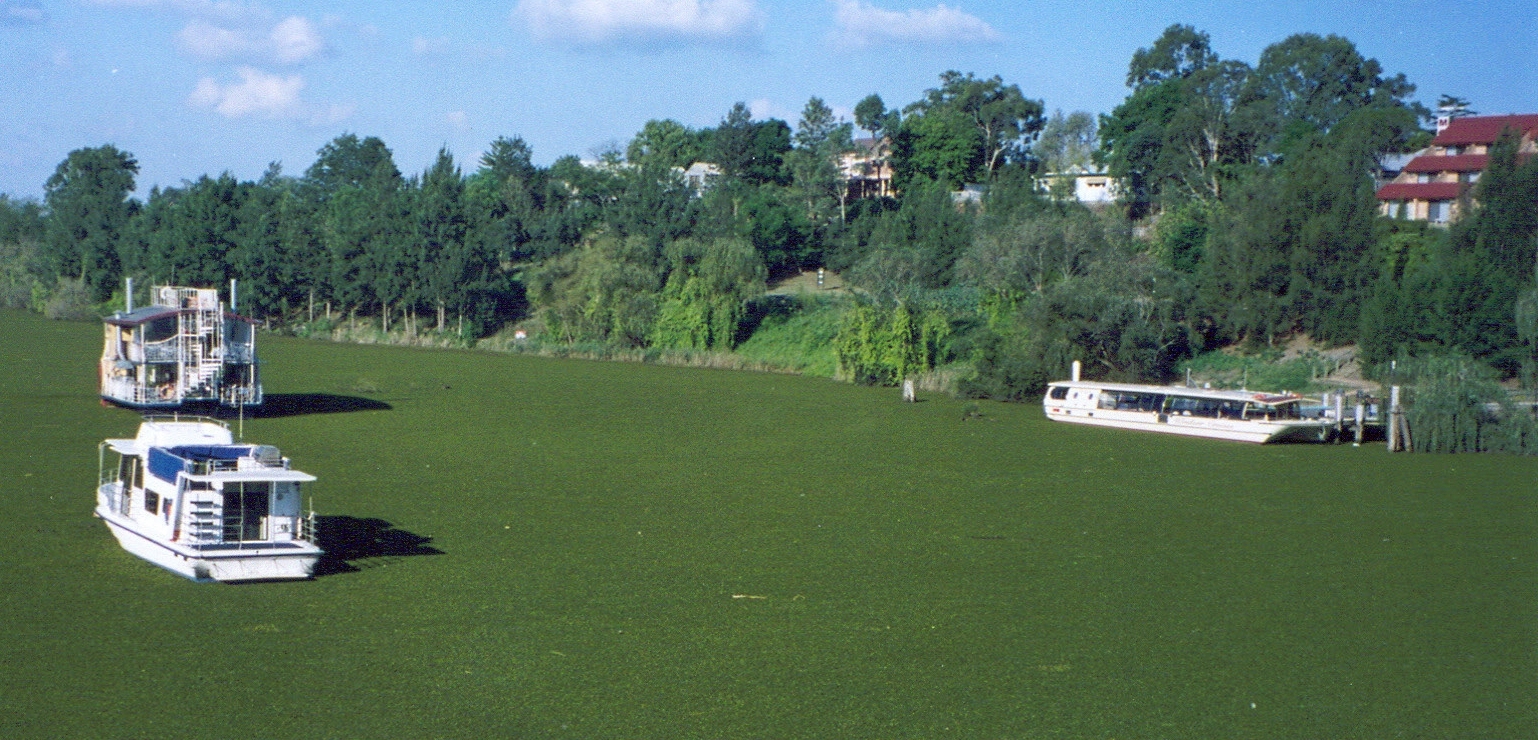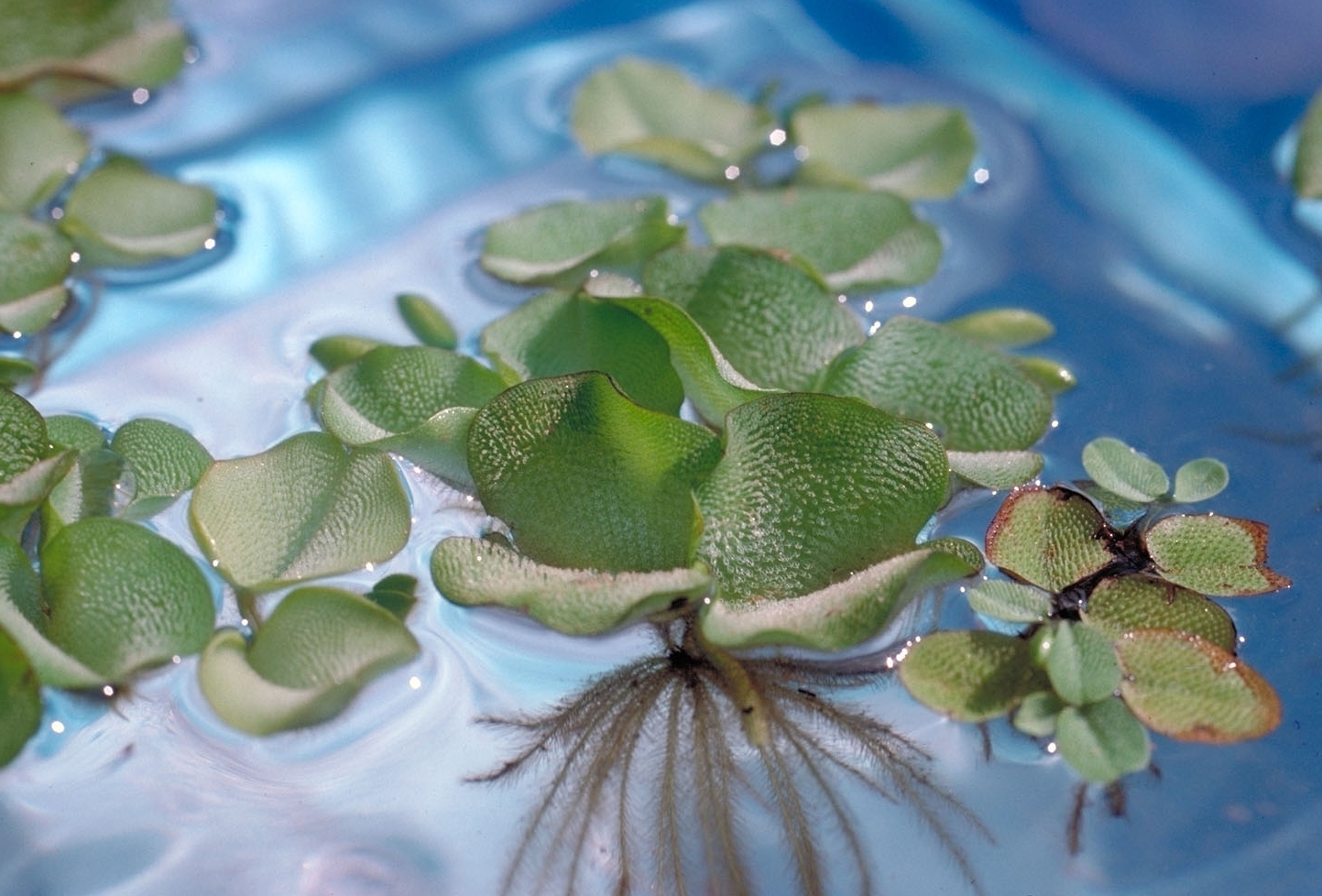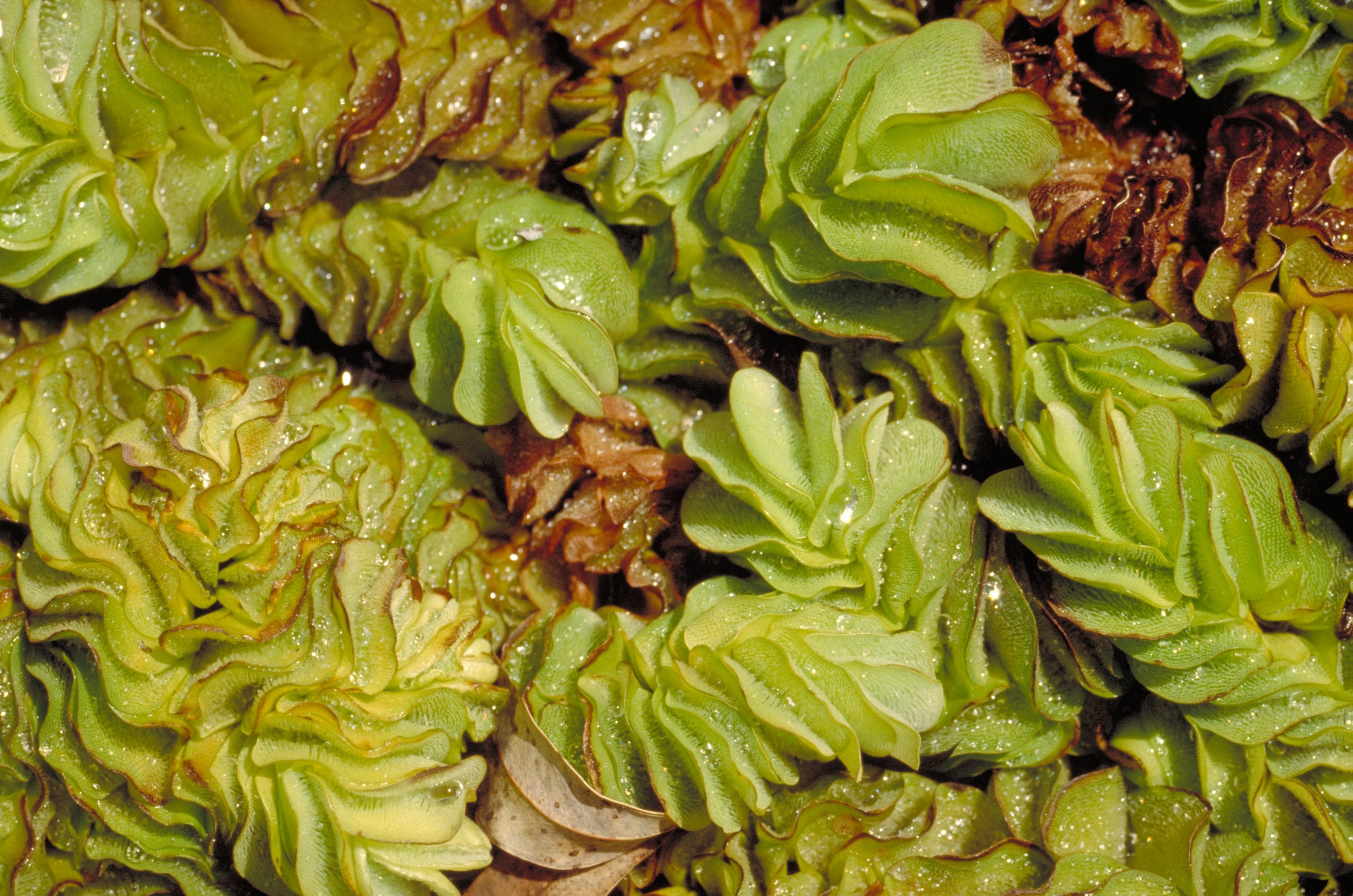Salvinia is one of the worst weeds in Australia. This free-floating aquatic, non-flowering fern grows quickly to form thick floating mats of vegetation.
Native to Brazil in South America, Salvinia (Salvinia molesta) has become a serious weed in many other parts of the world, and is a Weed of National Significance in Australia.
Salvinia was first introduced in Australia as an aquarium species and is now naturalised in Western Australia, Northern Territory, Queensland and New South Wales, and is found as occasionally in Victoria and South Australia.
In South Australia infestations have so far been confined to ornamental ponds in residential properties, including garden ponds in Adelaide, Waikerie and Victor Harbor.
What you can do to stop the spread in SA?
If you see salvinia for sale, swapped or traded please help protect our waterways and report it to Crime Stoppers SA.

Why is salvinia a problem?
Salvinia infestations can double in size every three days in the warmer seasons in temperate climates, and the dense mats may cover the entire water body.
The problems this causes are:
- reduces water quality as the dense mats it forms decrease sunlight and air exchange from the water
- death of fish, crustaceans and other water organisms from rotting plants which remove oxygen from the water
- a safety hazard to people and animals as mats look like solid walking areas
- interference with recreational activities (e.g. boating and fishing), transport and irrigation systems (e.g. pumps and pipes)
- impedes water flow in rivers
- restricts stock access to fresh water, and
- provides favourable conditions for mosquitos to breed and spread mosquito borne diseases.
What other names does salvinia have?
Salvinia is also known as giant salvinia, kariba weed, African pyle, aquarium watermoss and koi kandy. Salvinia auriculata and S. cucullata are synonyms for S. molesta.
What does salvinia look like?
Salvinia is an aquatic fern and is free-floating. It has two kinds of leaves; underwater leaves which are feathery and look like roots, and rounded surface leaves which attach to the stem in threes. The surface leaf is covered in water-repellent hairs shaped like egg-beaters, which you can only see clearly under a magnifying glass.
In the early stages of infestation, its oval leaves lie flat on the water surface. As the infestation starts to spread, the leaves will cup until they appear vertical, due to crowding, until finally they develop into tight chains and form dense mats of floating plants.

How does salvinia spread?
Salvinia spreads when new growth breaks away from parent plants (i.e. vegetatively). It does however, require animal, bird or human help to move from one waterway to another, such as dumping of plant material, but once an infestation occurs it can be spread by wind and water currents.
It thrives in nutrient rich aquatic environments such as agricultural run-off or sewage.

Is salvinia a declared weed?
Yes, salvinia is a declared weed under the Landscape South Australia Act 2019, and the following rules apply to all salvinia species:
- 186 (1) Prohibiting entry to area (2) Prohibiting movement on public roads
- 188 (1) Prohibiting sale of the plant (2) Prohibiting sale of contaminated goods
- 190 Requiring notification of infestations
- 192 (1) Landowners to destroy the plant on their property
Salvinia is considered an ‘alert weed’ in South Australia. This means that the declared plant is not yet established in South Australia, but poses a serious threat.